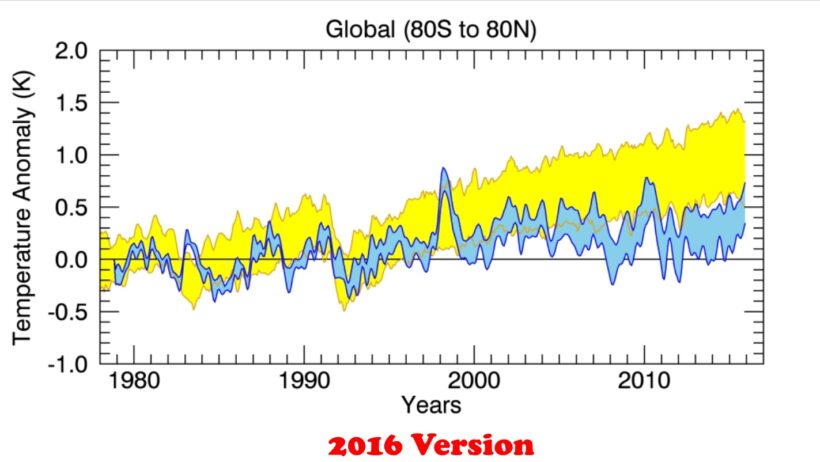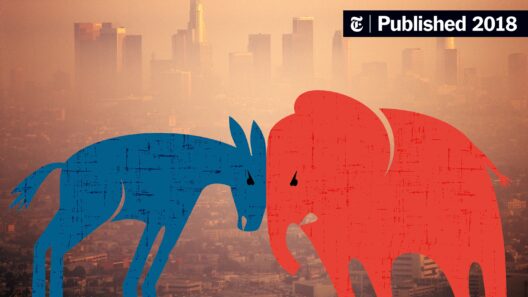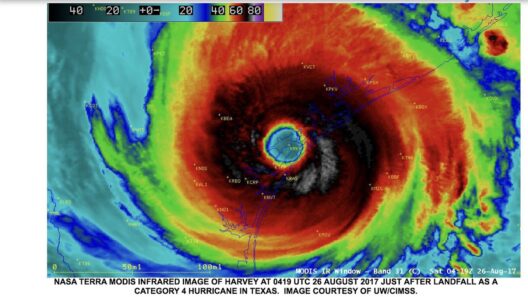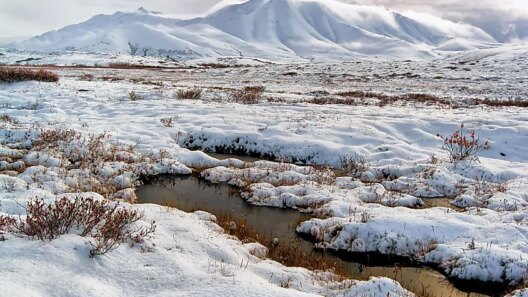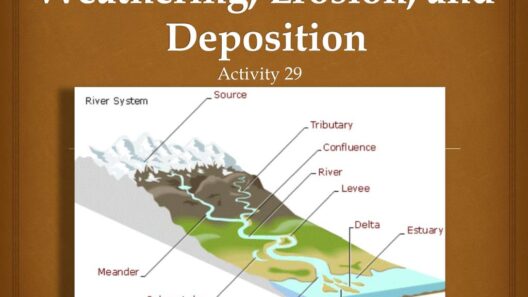The Earth, a vast and intricate tapestry, is experiencing one of its most dramatic metamorphoses in recent history. The climate, which once unfolded in languid patience, is now shifting with uncanny rapidity, akin to the flickering of a candle flame in a tempest. This compelling phenomenon, a consequence of intricate and multifaceted systems, deserves a thorough examination to grasp its implications and the underlying mechanisms driving this change.
At the heart of this transformation lies the amplification of greenhouse gases, particularly carbon dioxide (CO2) and methane (CH4). These gases behave like a warming blanket enveloping the Earth, trapping heat in its atmosphere. Industrialization, which burgeoned in the late 18th century, has unleashed a torrent of CO2 into the atmosphere through the combustion of fossil fuels, deforestation, and various agricultural practices. In a poetic turn of fate, the very activities that propel human advancement also burden our planet, leading to profound climatic alterations. The rate at which these gases have accumulated has surged, with atmospheric CO2 content soaring from about 280 parts per million (ppm) before the industrial revolution to over 400 ppm today. This exponential increase is not merely a statistic but an indicator of the urgency of our predicament.
But carbon isn’t the sole architect of this rapid change. Methane, an elusive yet formidable greenhouse gas, demonstrates an astounding potential to trap heat—over 25 times more effectively than CO2 over a 100-year period. The surging levels of methane are intricately linked to agriculture, particularly livestock production and rice cultivation. As the global population continues to escalate, so too does the demand for meat, leading to intensified farming practices that inadvertently contribute to this swift climatic evolution. Methane emissions from landfills, natural gas extraction, and the decay of organic materials further exacerbate this scenario, spinning a web of environmental complexity that is difficult to untangle.
Another critical element in this narrative is the phenomenon of feedback loops. These cycles amplify the effects of initial changes in climate, propelling them into even more drastic transformations. For instance, as global temperatures rise, polar ice melts at an alarming rate, which reduces the Earth’s albedo—the ability to reflect sunlight. Darker ocean waters and exposed land absorb more heat, accelerating warming and furthering ice melt. This cycle continues to spiral upwards, demonstrating how one change can catalyze another in a relentless chain reaction. Similarly, thawing permafrost in Arctic regions releases long-stored methane, thereby intensifying the predicament in a nefarious feedback loop that seems almost insatiable.
Climate change is not simply a future concern; it is a present-day reality manifested in ever-increasing frequency and severity of weather events. Heatwaves, once rare occurrences, are now becoming commonplace, turning landscapes into arid, cracked earth. Hurricanes and storms gain ferocity, fueled by warmer waters, manifesting the chaos through flooding, destruction, and loss of life. The recent deluge in various parts of the globe serves as a grim reminder of nature’s wrath, intricately woven with the fabric of climate change. The instability of weather patterns leads to erratic precipitation, deteriorating agricultural yields, and the consequent implications for food security—a crisis that spills over borders and influences global stability.
The intricate interplay of socio-economic factors further compounds the effects of climate change. Vulnerable communities, often located in regions least equipped to withstand these changes, bear the brunt of disasters fueled by altering climates. Economic disparities lead to disparate abilities to mitigate and adapt to these changes, perpetuating cycles of poverty and suffering. Moreover, the interconnectedness of global trade can propagate the impacts of climate change like ripples in water—where one disturbance can destabilize entire systems, creating a cascading effect felt far and wide. This multifaceted crisis demands a holistic approach, one that transcends local boundaries and encourages global solidarity.
Furthermore, deforestation emerges as a critical variable within this equation. Forests act as carbon sinks, absorbing significant amounts of CO2 and mitigating climate change’s impact. However, relentless logging, agricultural encroachment, and urban expansion have stripped vast tracts of forest, exacerbating climatic trends. Tree loss diminishes biodiversity, disrupts ecosystems, and further contributes to greenhouse gas emissions. The vanished forests serve as a poignant metaphor for what humanity stands to lose—a treasure trove of life and balance, traded for short-term gain without recognizing the profound, long-term ramifications.
As we traverse this rapidly changing landscape, an urgent call to action resonates—a clarion call to rethink our relationship with the Earth. Renewable energy sources, such as solar and wind, offer pathways to abate greenhouse gas emissions, harnessing nature’s elements rather than exhausting her resources. Innovative agricultural practices, such as regenerative farming, seek to restore soil health and utilize crop diversity, enhancing resilience against climatic fluctuations. Collective action, diverse embracing of local and global initiatives, and robust policy changes are all pivotal in steering humanity away from this precarious path.
In reflection, Earth’s climate, like an artist’s canvas, is subject to continuous transformation by external forces and our own actions. The essence of this metamorphosis embodies a duality—a precarious balance between unforeseen chaos and an opportunity for redemption. We must grasp this moment and unite in safeguarding the planet for future generations, ensuring that the legacy we leave behind is not one of ruin, but a flourishing testament to our capability to adapt and innovate. It is under these tumultuous skies that we must gather the strength to redefine our trajectory, creating a harmonious coexistence with nature rather than a discordant strife against it.



